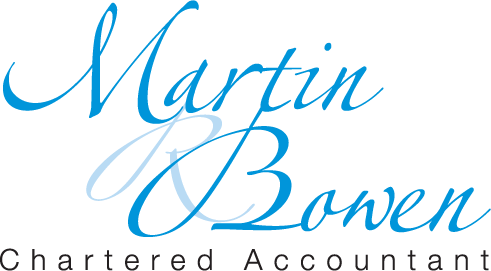Taxation Office updates
Taxation Office updates 14 April 2020
The Taxation Office has released updated information for Employers and Employees for the JobKeeper payment.
Important points for employers and businesses (extracted from Taxation Office website):
WHAT IS THE DEFINITION OF TURNOVER?
Turnover (for purpose of determining how much turnover has declined by) will be defined according to the current calculation for GST purposes and is reported on Business Activity Statements at G1. It includes all taxable supplies and all GST free supplies but not input taxed supplies. (Input taxed supplies are things like residential rental income .)
How to calculate a fall in turnover for the first fortnight starting 30 March 2020
To work out your fall in turnover, you can compare either:
- GST turnover for March 2020 with GST turnover for March 2019
- projected GST turnover for April 2020 with GST turnover for April 2019
- projected GST turnover for the quarter starting April 2020 with GST turnover for the quarter starting April 2019.
How you choose to project your fall in turnover is not dependent on whether you report a quarterly or monthly BAS , though you can do that if it is easier. The turnover calculation is based on GST turnover, but there are some modifications, including disregarding GST grouping (where two or more associated business entities operate as a single GST group). We (the Taxation Office) will provide more information soon about applying the turnover test.
If you work out that you qualify for the JobKeeper payments for the first fortnight because your turnover has declined by the relevant amount for a month or quarter, you remain eligible and do not need to keep testing turnover in following months. However, you will have ongoing monthly reporting requirements. More information will be provided soon.
The Commissioner of Taxation also has the discretion to set out alternative tests that can establish your eligibility when turnover periods are not appropriately comparable (for example, if your business has been in operation less than a year). We (the Taxation Office) will provide more information soon about alternative tests.
For the first two fortnights (30 March – 12 April and 13 April – 26 April), we (the Taxation Office) will accept the minimum $1,500 payment before tax has been paid for each fortnight even if it has been paid late, provided it is paid by the end of April. This means that they can make two fortnightly payments of at least $1,500 per fortnight before the end of April, or a combined payment of at least $3,000 before the end of April.
Sole traders
Sole traders can be eligible for the JobKeeper payment if their business has experienced a downturn according to the eligibility criteria. At the time of nomination the individual must not also be a permanent employee of an employer. We (the Taxation Office) will provide more information soon about the eligibility of sole traders for the JobKeeper payment.
Business owners actively engaged in their business
Other businesses in the form of a company, trust or partnership can also qualify for JobKeeper payments where a business owner (a shareholder, adult beneficiary or partner) is actively engaged in the business, or a director is actively engaged in the business. This is limited to one entitlement for each entity even if there are multiple business owners or participants. At the time of nomination as an eligible business participant the individual must not also be a permanent employee of an employer. We (the Taxation Office) will provide more information soon about the eligibility of these businesses for the JobKeeper payment.



